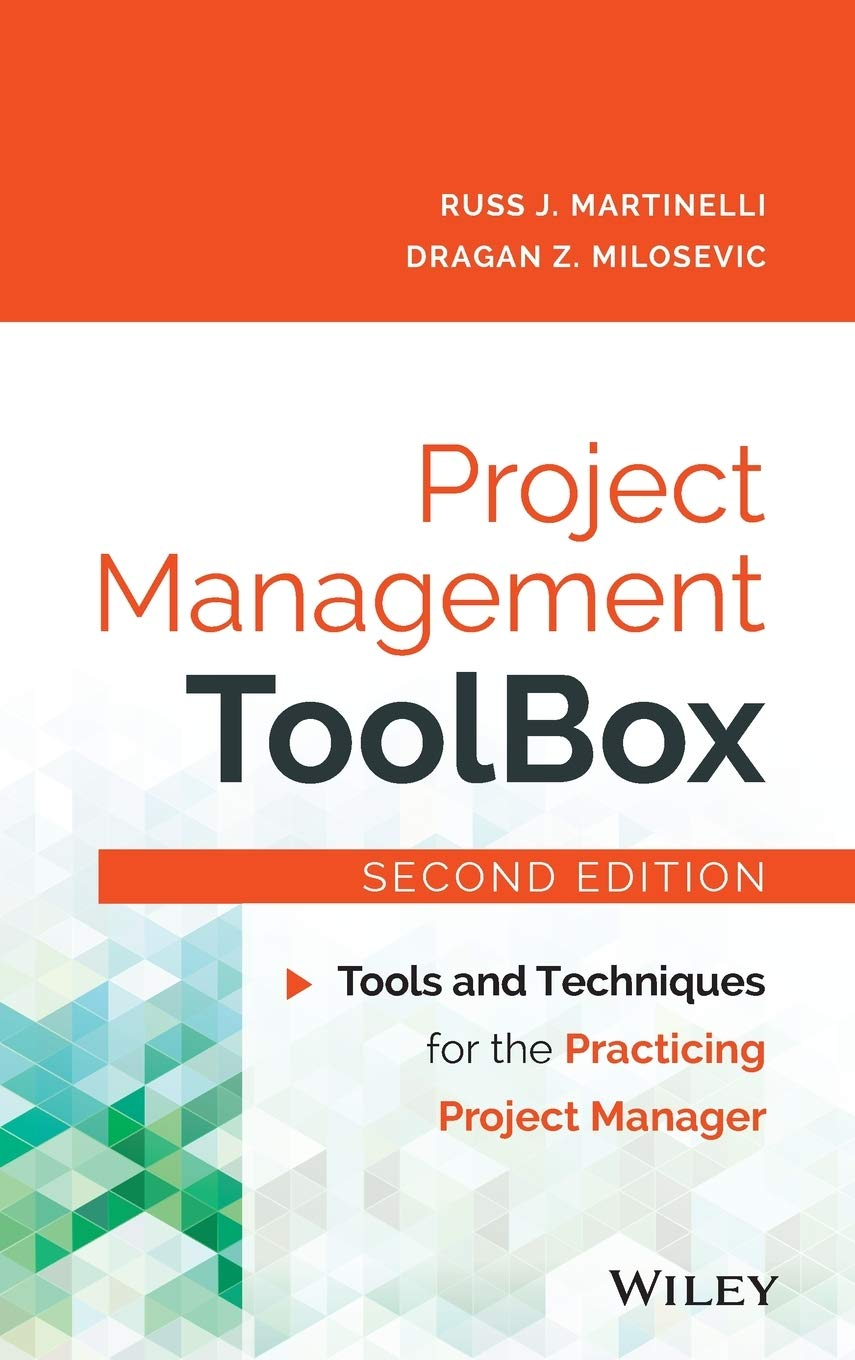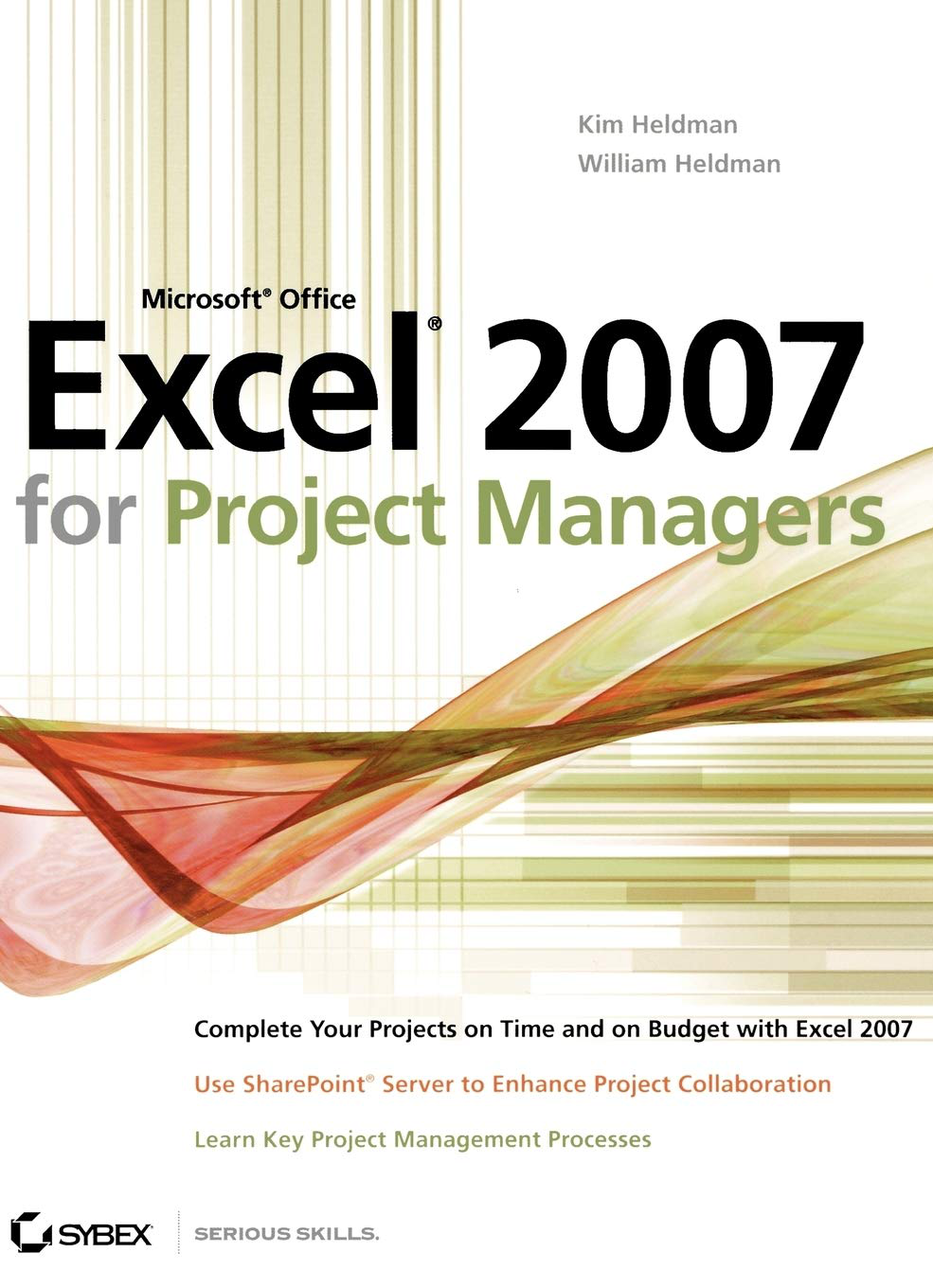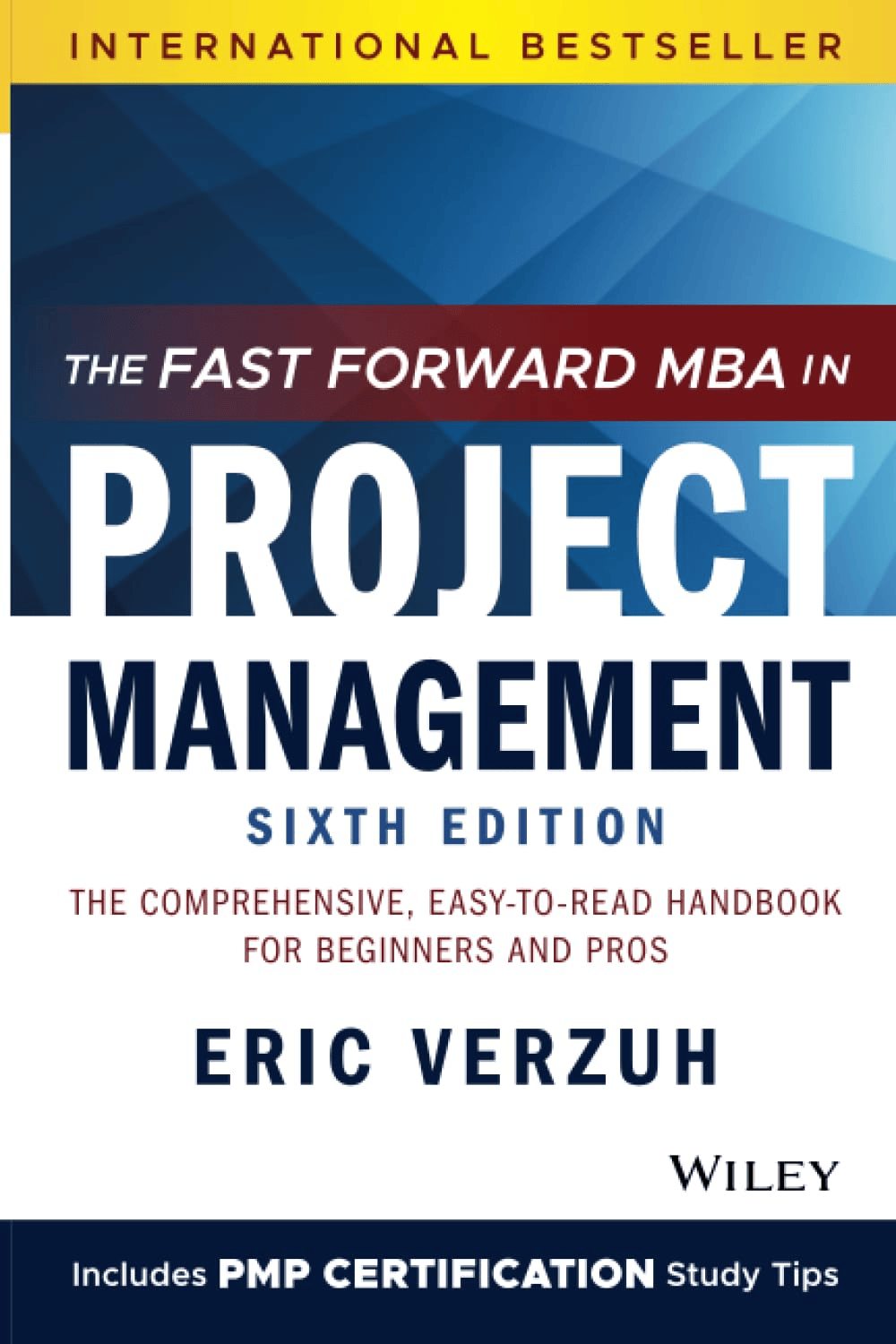What separates successful project managers from those constantly battling deadlines? It’s not talent or luck — the real secret lies in mastering the art of working with subtasks. Subtasks aren’t just a way to organize work; they’re a powerful productivity catalyst. Le
PM software vs Excel: Which tool is right for your project?
In today’s work environment, traditional tools like Excel compete with promising project management software. Each has its pros and cons. Let’s explore why you might stick with the old or switch to something modern.
Key takeaways
Teams using dedicated PM platforms report a high project success rate
Proper project management tools can half the planning time
The right use of task-tracking software can increase productivity by up to 50%
PM software benefits
Modern project management systems might not be as customizable and compatible with your old Linux as good-old Excel, but the intuitiveness of the UI and a whole pack of additional features compensate well for that.
Key advantages of PM systems to keep in mind:
- Real-time collaboration. Everyone works on the same version of the application, tracking each other’s results and progress.
- Automated workflows. You don’t even need to learn formulas – the application does workflow automation with minimum input.
- Reporting capabilities. Good PM Soft can pack your task history in a nice and condensed report containing all kinds of metrics you need to know to optimize your pipeline even further.
- Resource management. See the availability of your team and distribute tasks accordingly.
- Timeline visualization. Stuff like Gantt charts allow you to plainly observe every important stage of the project, minimizing confusion.
- Document management. Well-designed PM software always has storage capacity specifically for all your guides and instructions. Usually comes with a simple sharing feature, too!
- Communication capabilities. Communicate with your team without switching to another tab.

Excel as a project management tool
Even non-PMs know what Excel is – there are entire communities obsessed with optimizing it to the maximum, sharing all kinds of formulas and shortcodes. Sure, intuitiveness is definitely not among Excel’s strengths, but you can’t deny that Microsoft's straightforward approach to project organization is efficient, to say the least.
But just in case, let’s go through Excel’s main advantages:
- Low learning curve. Most specialists already know the basic formulas. Once you get through the painful and scary first time – all the doors are open to you.
- High customization. Using color coding and all kinds of formulas, you can modify your Excel tables for your specific task.
- Cost-effective. Microsoft Office library is one of the most budget-friendly ways to give your organization all the tools necessary.
- Offline access. Your Wi-Fi is down? Considering you’ve managed to sync beforehand – your work routine won’t be interrupted.
- Universal compatibility. Almost every OS in existence supports Excel.
- Automation capabilities. With a couple of dozen formulas under the hood, Excel will do most of the tedious work for you.
Tools comparison
So yes, both are good at their own niche, so you’ll have to study your work processes a bit to understand which one is the perfect choice for your team.
To make life slightly easier for you, we’ve prepared this break-down below to help you make an informed decision:
| Feature
|
Project Management Software
|
Excel
|
| Task Tracking
|
Automated process with real-time updates
|
Basic automation capabilities with the necessity to update manually
|
| Team Collaboration
|
Mentions, built-in chat, often video and audio-call capabilities
|
Almost close to none. Limited sharing and communication capabilities.
|
| Resource Management
|
Dynamic allocation of available tasks, tracking of the workload
|
Static spreadsheets that require manual calculations and the knowledge of specific formulas
|
| Reporting
|
In-depth analytics and customizable dashboards
|
Basic visualization
|
| Cost Tracking
|
Integrated budgeting and planning tools
|
Manual formula-based calculations
|
| Timeline Management
|
Interactive Gantt charts
|
Basic charts, manual creation
|
| Learning Curve
|
Requires an in-depth onboarding process
|
Familiar mechanics, known to all
|
| Customization
|
Pre-built templates with limited opportunities to be creative
|
Highly customizable with numerous flexible formats available
|
| Cost
|
Monthly subscription, often pricey
|
One-time purchase. Usually goes in a bundle with a couple of other useful applications
|
| Best For
|
Large teams with complex and multiplayer projects
|
Small teams with simple projects
|
|
|
|
|
Making the transition
Decided to switch from Excel to something more UX-friendly? Good for you! Learning something new and adding new tools to your arsenal is crucial for a prosperous career.
Here are a few steps you need to take to painlessly transition to the new software:
- Study and audit current processes. It’ll help you pick the right PM software.
- Select the software appropriate for your specific task. This one’s important, so take your time browsing all the options.
- Plan how all the data and sensitive info will be transferred to the new system. If you’re lucky, then the app you’ve chosen already has migration capabilities.
- Introduce your team to the new software. Organize an onboarding session if necessary.
- Adjust your existing workflows for the new PM system. Or rebuild them entirely if there’s nothing to salvage.
- Monitor how your team handles the new soft. Consider other options if things aren’t going as good as you’ve expected.
- Gather feedback. Be attentive to your teammates’ needs – if they can’t adjust to the new pipeline, then maybe some changes should be implemented.
Interesting fact

According to the research, organizations that have switched to dedicated project management software report a 27% increase in project completion rates and a significant reduction in missed deadlines!
Related articles:
For practical insights into tool selection, explore What is a Gantt chart? A guide to using Gantt charts for PM.
To optimize your decision-making process, check out Weighted decision matrix.
For workflow optimization tips, read Project management workflow.
Conclusion
So, as we said in the very beginning, the decision to transfer from Excel to something more convenient and UI-friendly must be made based on your project’s needs. Spreadsheets are not going anywhere for the foreseeable future, so if you’re comfortable with your good old buddy Excel, then it’s a perfectly viable choice.
However, a well-designed PM system can completely change your work life, making progress tracking and resource allocation a matter of a few clicks. Besides, new is good. So if you’re planning on scaling your business and team, then maybe it’s a good time to look for a change of scenery.
Recommended reading


"Project Management ToolBox"
Comprehensive guide to selecting and implementing the right project management solution
On Amazon
"Microsoft Office Excel 2007 for Project Managers"
Advanced techniques for utilizing Excel in project management
On Amazon
"The Fast Forward MBA in Project Management"
The all-inclusive guide to exceptional project management that is trusted by hundreds of thousands of readers
On Amazon






